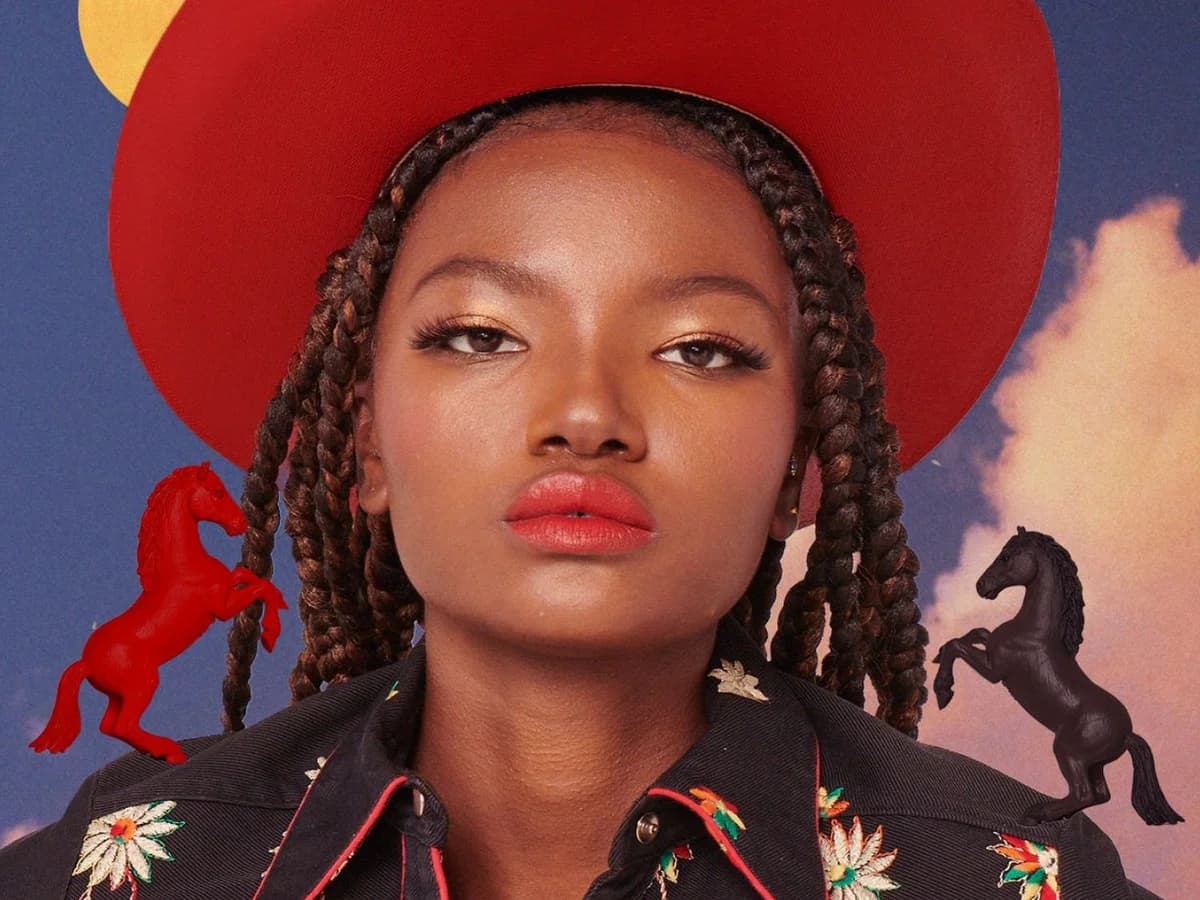
Shachar Aylon
Writer
Art Director
Graphic Designer
Strategist
Creative Director

I started as an editorial (graphic designer) in publication design for newspapers and magazines the difference being at an early stage in my career I was interested in actual stories (not just "content") for an audience that was directly the reader. I had to flex early and often to create original design work to solve the story at hand and evolved into an art, design and creative direction commissioning artists and collaborating on illustrations, photoshoots, short films to bring those stories to life beyond the printed page.
My passion is and always has been storytelling. Not just stylistic, not just frosting but also the cake. Style and substance. Because I worked for a few different publications from weeklies to monthlies to quarterlies across many different genres and subject matter my range and palette for design is really limitless. This has taught me to be a better director of creative and design. In looking at my portfolio you will see reflected the range of design work and the ability to flex and adjust depending on what the particular assignment needs. In time I transitioned to more varied storytelling through advertising, brand and marketing work. My experience working in-house or brands, startups, agencies and media/publications provides an empathic eye to different environments to drive towards the most on point solution. Storytelling is the DNA. Design is the plan. The graphic work is the expression.
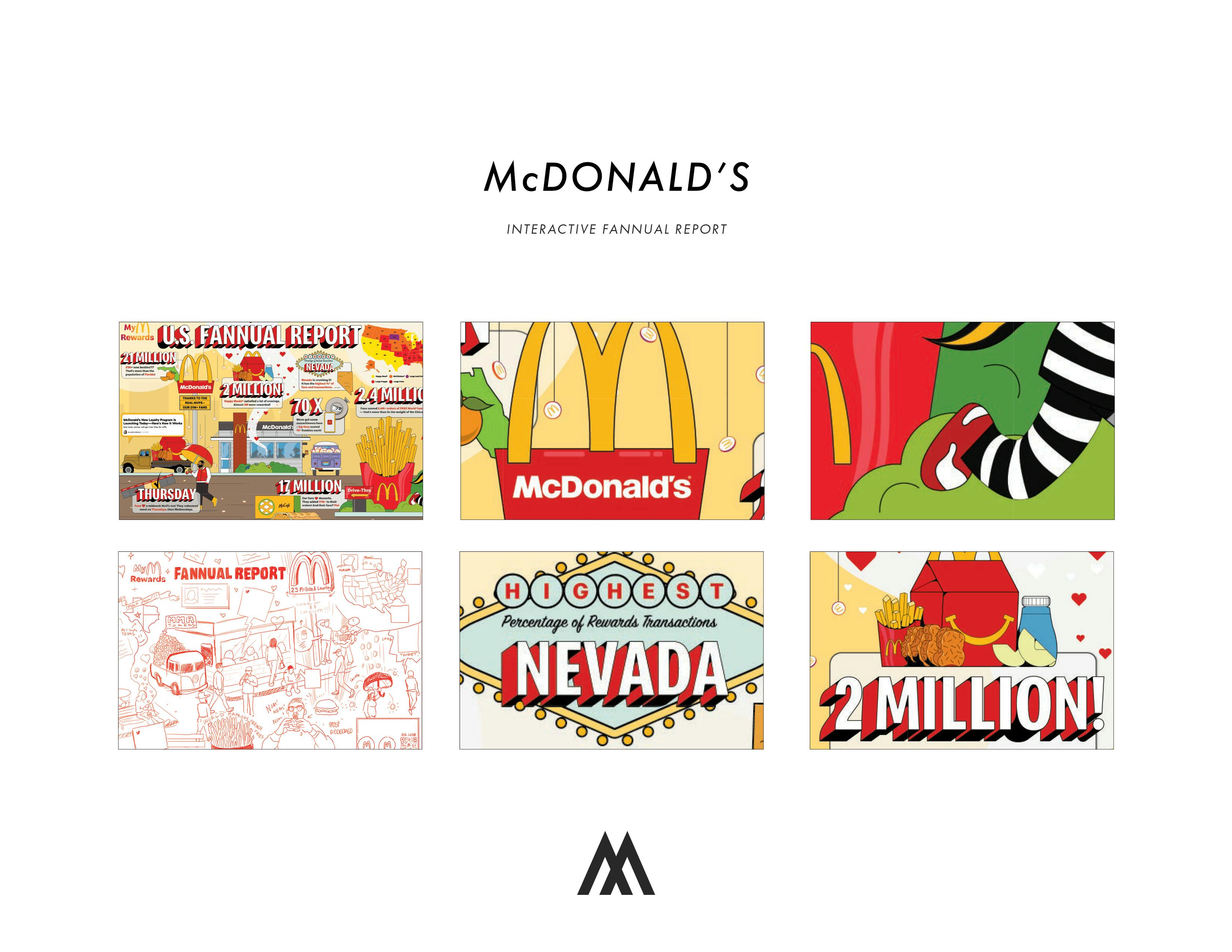
Early influences were more eclectic design styles realized in some experimental zines and magazines (think Beach Culture, Emigre, Raygun) to the rollout of Wired magazines than ESPN. My work evolved tremendously when I was the design director for Lexus and my exposure to both the rich history and craft of Japan contrasted also by the futurism that exists there. I went from really raw to refined. This exploded again during my time running creative globally for Brooks running where I looked to more graphic pop art influences and the iconic female American designer Barbara Kruger who Supreme ripped off. As I dabbled into film and animation it was the highly crated and thoughtful production design of Wes Anderson films, the narrative sorcery of JJ Abrams, Miyazaki (Studio Ghibli), etc. My cultural radar is always up and tuning into influences from around the world.
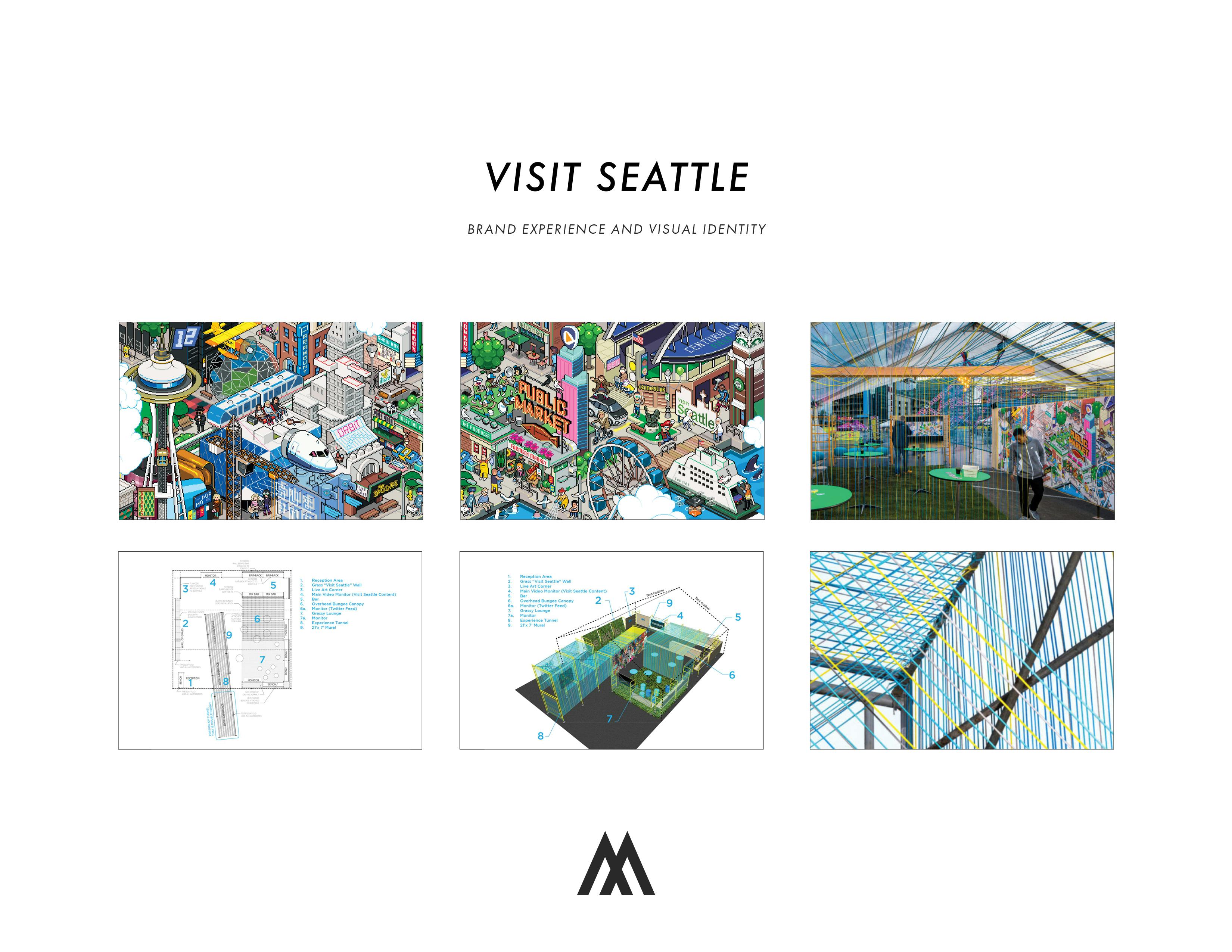
The first thing is not treating storytelling as "content" it is not a commodity <insert ingredient here> it is addictive. There is the story of the work and than there is the story of the making of the work so in both the casting of characters that come to life in the work are as critical as the team who is assembled to put it all together. Above and beyond, whatever the work is going to be the most important thing is the right culture and casting of the team. When you have quality storytellers and people you are half way there. Storytelling can only realize a potential if the journey of the work is sheparded by a team that is willing to go from first to finish and be on board for everything in-between. I believe the process is the inspiration and storytelling isn't just the icing on the cake, it is the cake.
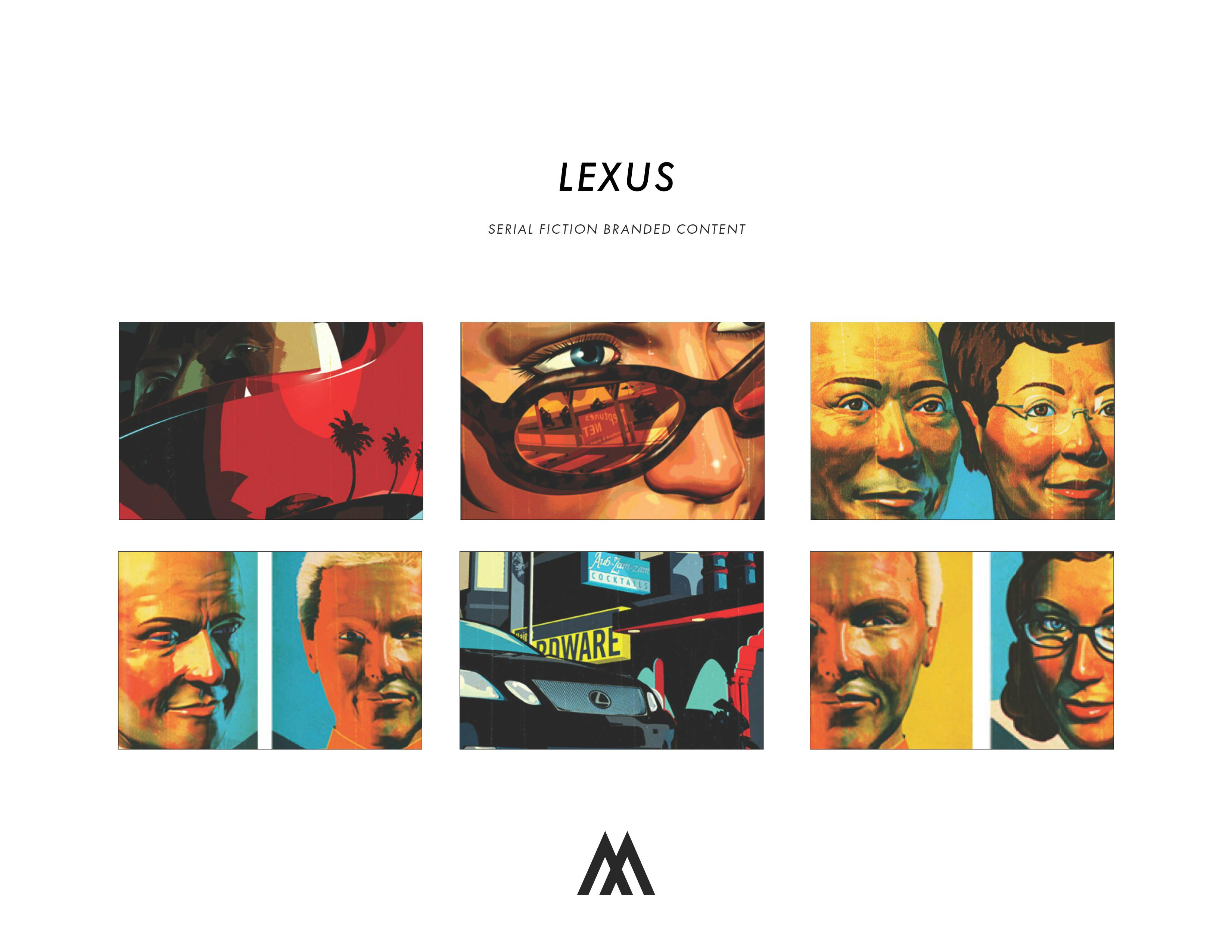
I'm a firm believe that that our job as creative leads is to take the brief ingredients and to be empowered to figure out what they it is best that they make. if we set out from the beginning thinking it is one thing or the other than we disregard the potential of those ingredients. I think user experience is something that is not negotiable. No matter the ask the user has to be at the core throughout the work. If the brand we work on has ownable DNA, purpose, product or service, than inherently the work you create will already be unique because it will be differentiated and positioning uniquely in the market for that audience. If we don't believe in the work and pull those ingredients in the most impactful way then then the work will not have commercial appeal. Our job is to be ambassadors for the audience to bring the best through.
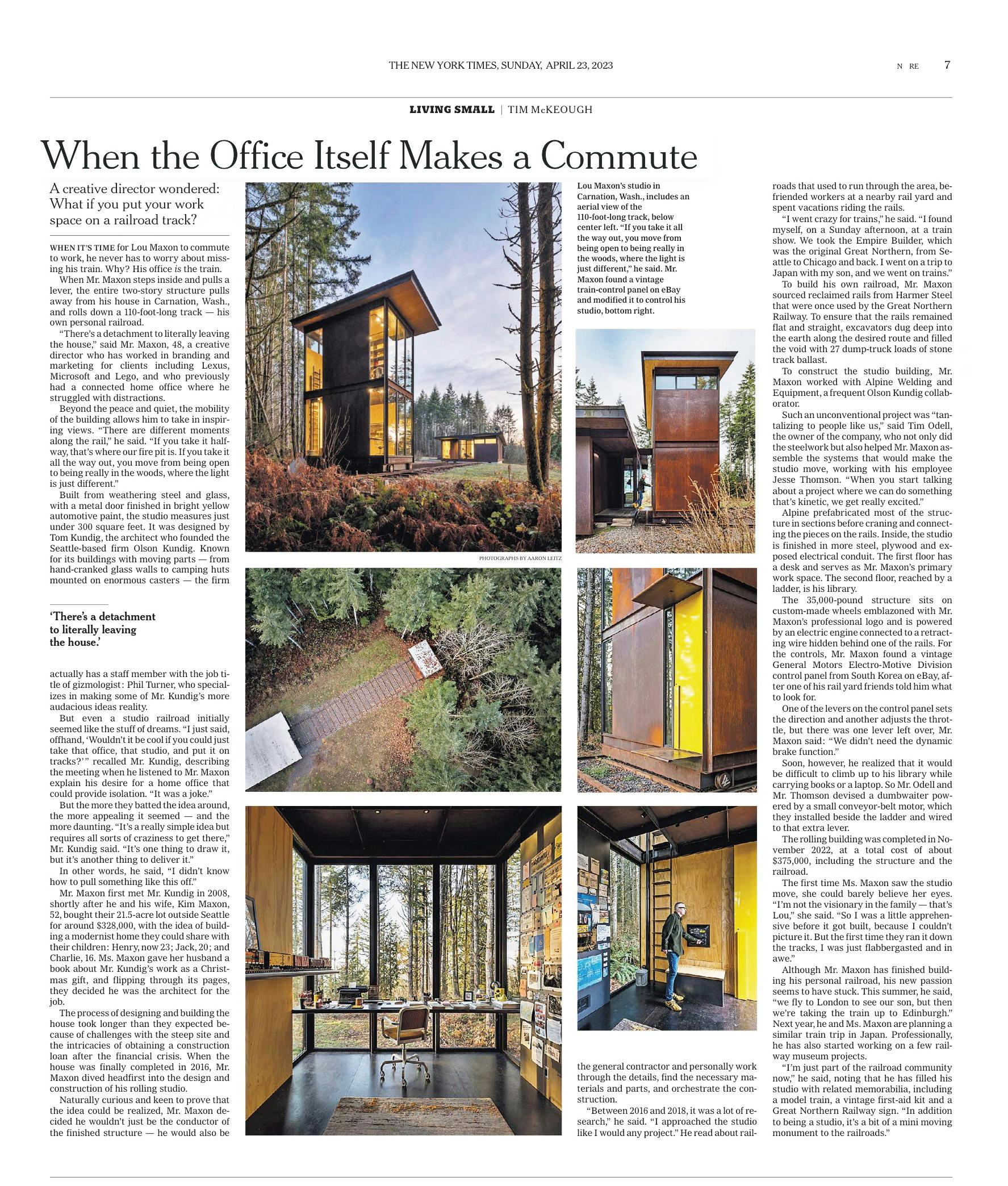
I'm constantly seeking out talks, conferences, podcasts, opportunities for 1:1 engagement with leaders across brands and organizations I think are doing amazing work. I don't think the learning stops in school it is constantly an evolution you pick up between work and within the work. Graphic design is a part of the bigger role I play as ECD but ultimately the expression of strategy and the work is the thing that the audience ultimately experiences so a high degree of craft needs to be present. Audiences can sense whether or not the creator cared. It shows.
The systems should not just be a guide but guidance. It is a sandbox to start the exploration but it is not locked down. The key is to imagine the use cases of the work and allow for flexibility and runway for the solutions that come out of the system to evolve for those dare to be great situations. Ultimately color, type, design elements, language, etc. all those things need to be there to position and differentiate that brand but the expression of how those elements come together and when they are used independently or together are the tools that make the brand sing. It is really critical to spend the time up front not just in the narrative and visual toolbox but the strategic and story one to arm the end user with the storyline. It is also critical to know where to break from the guidelines and where to evolve within.
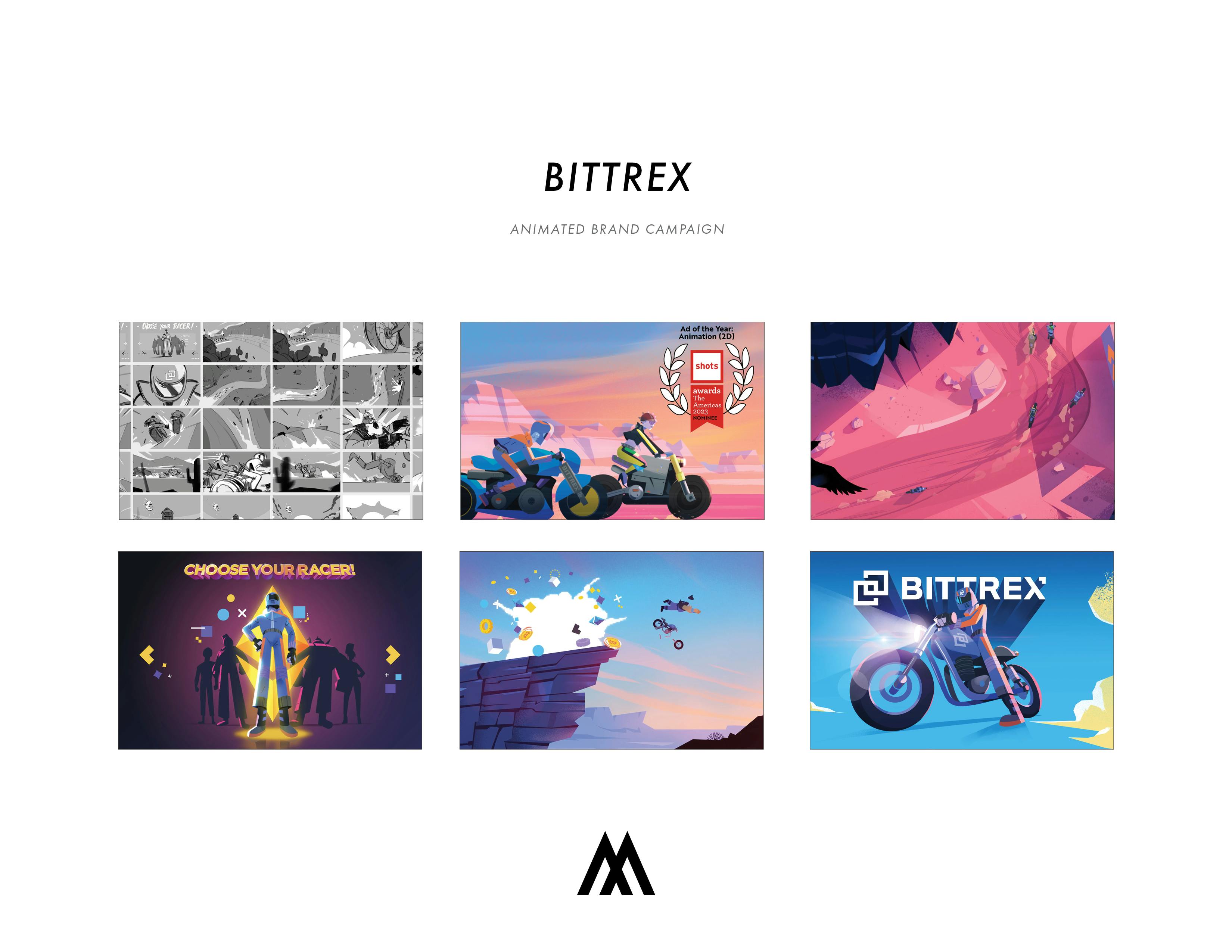
It is critical to understand and know the audience through research but that data should reflect what you know to be true already to validate and then you push those assumptions forward to create the brand. You have to be looking around the corner and in the nuance to identify and craft the identity for both seen and unforeseen scenarios. The audience only can react to what they've seen (the real) versus the abstract. If you account for both the conceptual and concrete you will have addressed the research and more so you don't have to constantly change the guidelines to address the unforeseen.
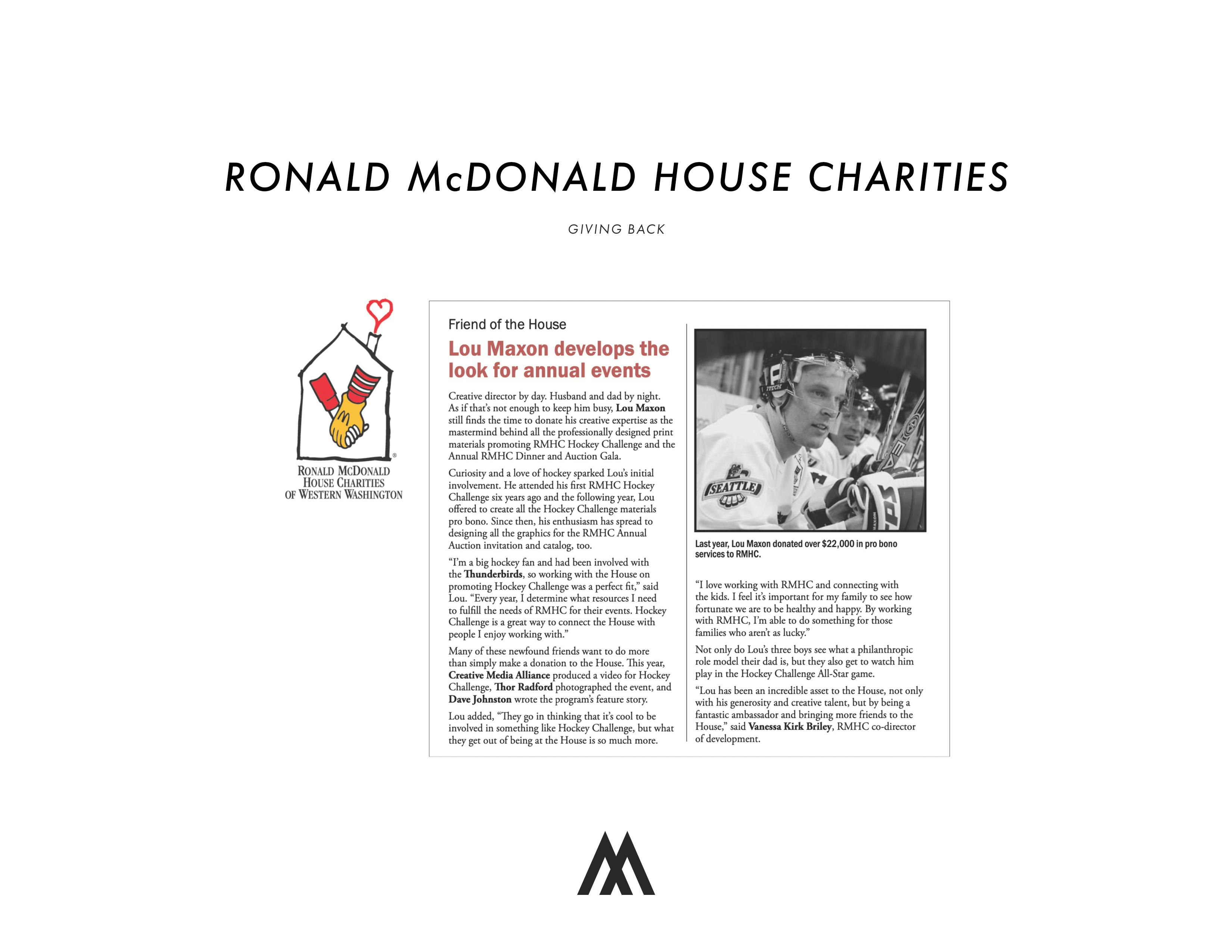
User experience has always existed before it has a fancy acronym. User interface as well. The user has always been or should be at the front, center and rear of the designers mentality. What has changed is the canvas has shifted from big to small (phone, tablet) but the art of designing experiences and how users move through environments whether digital or analog remain the same. I believe for myself I experienced a wider range of environments, design experiences and canvases for design work than today where many start and just focus on mobile or desktop or digital. Again, my experience as an editorial designer was really critical because if you can design for actual stories you can learn the skills of pacing stories, infographics, illustration, photography across any medium.
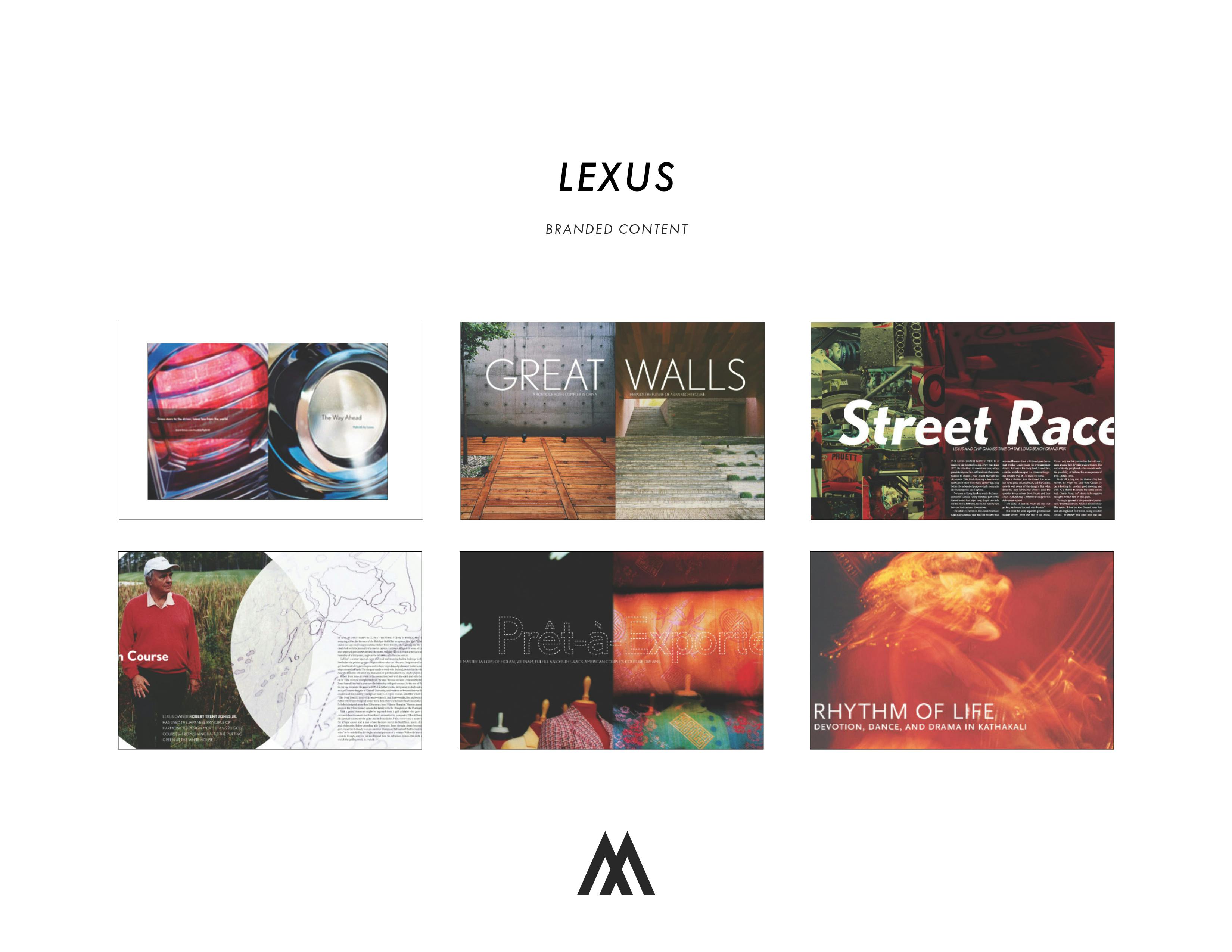
I'm constantly grateful for the range of work that I'm hired to do from editorial design to animated brand films, advertising campaigns, brand identity (new and refreshed), product design and experiences in environments. I'm more likely to focus on who I'm working with and where the work will take place (medium) than what the actual project is. Because I'm fascinated by the new I'm willing to ramp up and take on challenges. I recently collaborated with a world-class architect to imagine, concept, engineer and design a 35,000 lb. kinetic electric locomotive studio for my office. While I've never built something like that before it was a series of design challenges and problems to overcome. I like the impossible because there is less competition. Walt Disney said that. It rings true for me and I'm living it thru each new project.
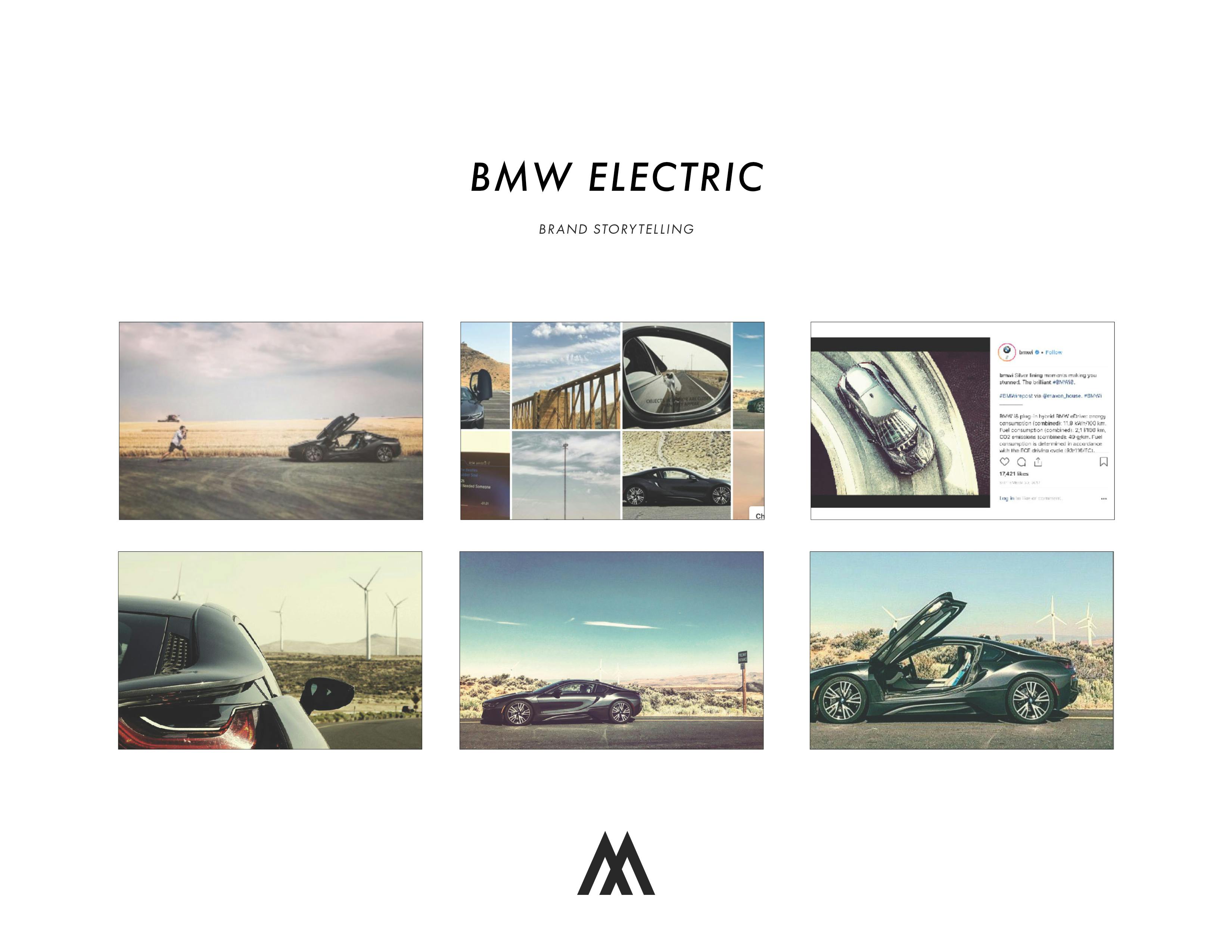
Adventurous. My #1 goal was to get a job as a magazine designer. I started at the Village Voice, then Time Out NY, then YM. Then I was global creative director for Lexus on an international publication. I still design magazines but I've far exceeded my own goals in editorial design. My storytelling passion transferred over to the advertising and brand worlds. Now I do analog experiences, digital experiences, editorial design, brand identity, animated shorts, brand films and more.
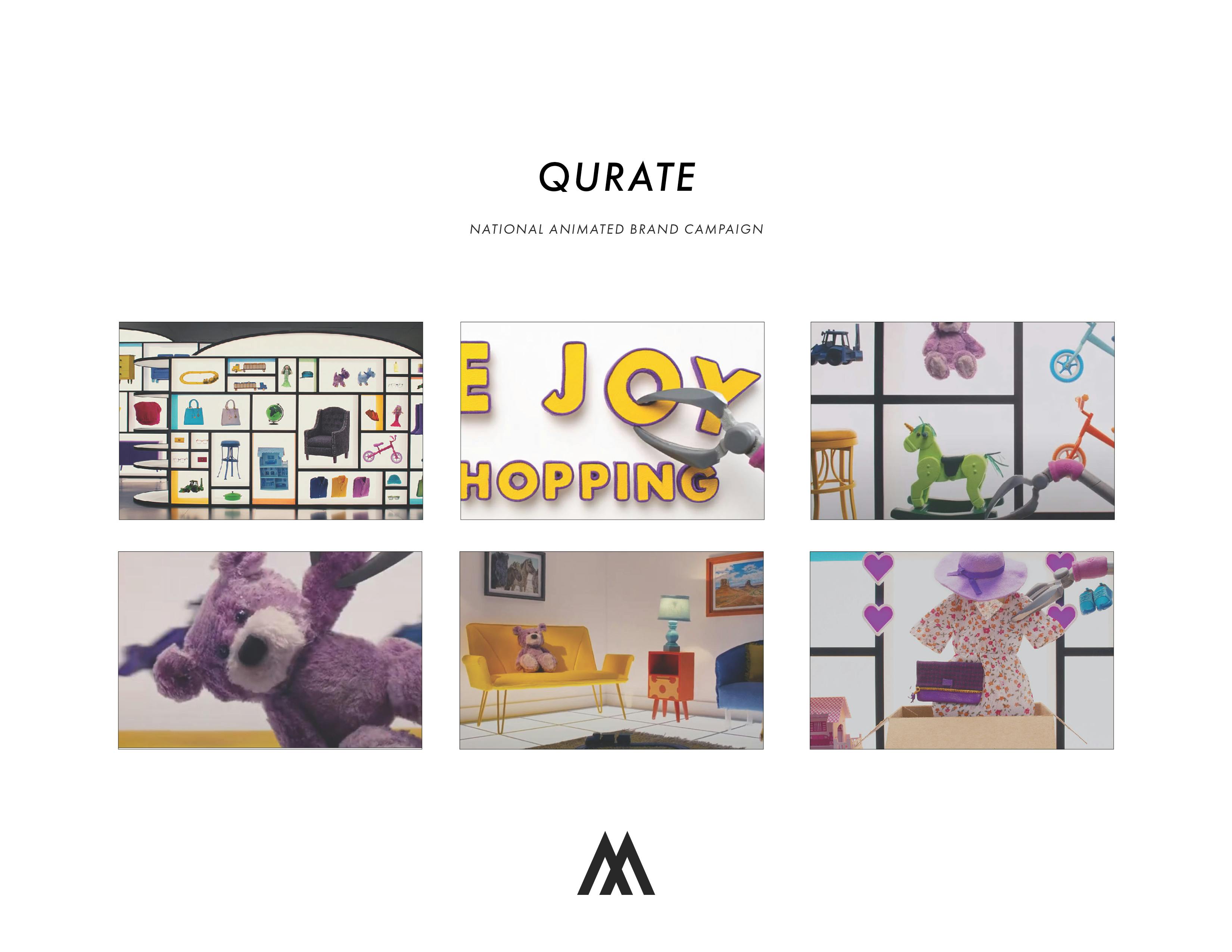
The creative life is all encompassing. You can't turn off your signal or tuner to influence. I have professional creative work and also personal creative work but it is all creative. I go to shows, I watch movies, I produce personal work, I play team sports, I travel, I mentor young creatives. All that source feed back into my work. It's never ending but I love it!
















































